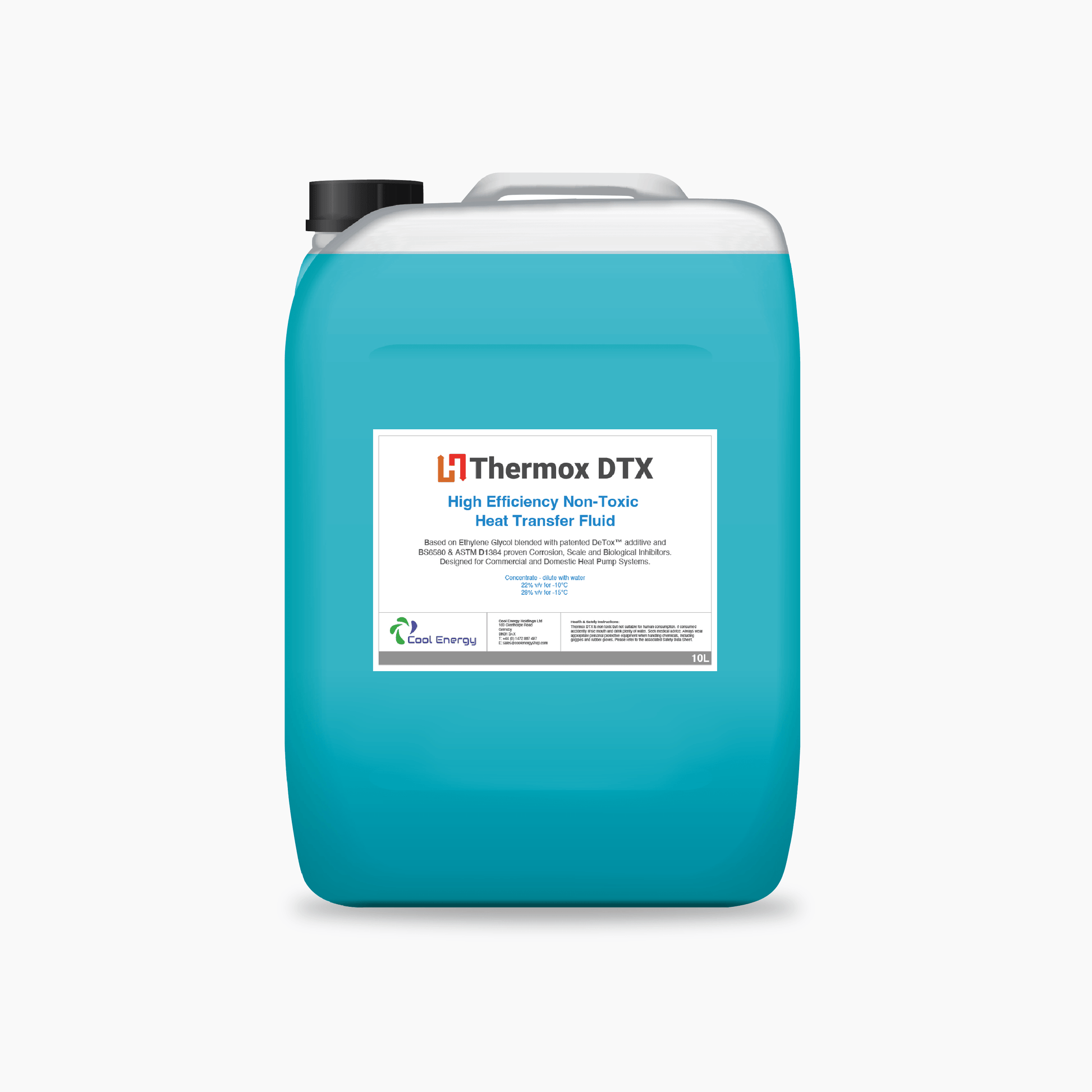Why Heat Transfer Fluid Is Important for Optimizing Energy Transfer in Solution
The duty of heat transfer fluids in enhancing power transfer is pivotal for accomplishing reliable thermal management across different commercial fields. These fluids promote seamless warmth exchange, making sure procedures run within optimal temperature varieties and alleviating the threat of getting too hot. Their selection, based on factors like viscosity and thermal security, directly influences the efficiency and sustainability of a system. The ins and outs of picking the ideal liquid are commonly taken too lightly. What are the essential factors to consider for this option, and exactly how do they affect both economic performance and environmental responsibility in industrial applications?

Role in Thermal Management
Heat transfer fluids play a vital function in thermal management by efficiently regulating temperatures in numerous commercial processes and systems. These specialized fluids help with the transfer of heat in between various elements, making sure ideal operating conditions and preventing overheating. By maintaining precise temperature level control, warmth transfer fluids enable sectors such as chemical production, oil and gas, and power generation to operate securely and efficiently.
The option of a proper warm transfer liquid relies on a number of factors, consisting of thermal security, warm capacity, and thickness. High thermal security ensures that the liquid can stand up to extreme temperature levels without weakening, while a high warm capacity permits it to take in and launch considerable amounts of warm - heat transfer fluid. Low viscosity reduces the power needed for pumping, adding to general system efficiency
Moreover, heat transfer liquids are important in applications like refrigeration, where they aid soak up and dissipate heat during the cooling cycle. In solar thermal power systems, these liquids capture and transport solar heat to create electrical power or supply hot water. Their versatility to diverse operating conditions and capacity to maintain constant thermal efficiency highlight their relevance in commercial thermal administration, facilitating operational connection and enhancing security actions.

Enhancing System Efficiency
To make best use of the benefits of thermal monitoring, enhancing system efficiency with the calculated usage of warmth transfer fluids is critical. By preserving optimum temperature level degrees, warmth transfer liquids aid make sure that systems operate within their created specifications, therefore protecting against getting too hot and reducing the risk of component failing.

Kinds of Heat Transfer Fluids
The variety of warmth transfer liquids highlights their essential duty in a series of commercial applications, each customized to satisfy particular thermal administration requirements. These fluids facilitate efficient energy transfer and are picked based upon crucial homes such as thermal stability, thickness, and warmth capability. The key kinds include water, glycol solutions, oils, and synthetics, each offering distinct benefits.
Water is one of the most typical heat transfer tool as a result of its high details warm ability and inexpensive. Its use is limited by its freezing and boiling points. Glycol mixes, typically used in HVAC systems, offer a lower freezing factor, adding convenience in numerous environments. Mineral oils are favored for their thermal security and non-corrosive nature, making them appropriate for high-temperature applications.

These liquids make certain premium efficiency in systems where typical liquids might fall short. The option of a warmth transfer liquid is vital, as it influences system performance, safety and security, and long life.
Environmental and Economic Perks
Making use of the ideal heat transfer liquids offers substantial environmental and economic benefits for commercial operations. By navigate here selecting fluids with superior thermal stability and high warm capacity, industries can boost power effectiveness, causing decreased fuel intake and reduced greenhouse gas exhausts. This adds to a smaller carbon footprint and straightens with worldwide sustainability goals. Eco-friendly warm transfer fluids, frequently naturally degradable and non-toxic, decrease the danger of soil and water contamination in case of leaks or spills, thereby protecting ecological communities and following rigorous ecological regulations.
Economically, the best warm transfer liquid can dramatically lower functional expenses. Fluids with prolonged lifecycle performance decrease the regularity of substitutes and upkeep, minimizing downtime and connected expenses. In general, the strategic usage of optimum warm transfer fluids supports sustainable economic growth and ecological stewardship.
Selecting the Right Fluid
Just how does one navigate the intricate process of choosing the ideal warm transfer fluid for commercial applications? Selecting the ideal fluid is crucial, as it straight influences system performance, safety, and functional costs. Trick considerations consist of thermal stability, compatibility with system materials, and running temperature array. Thermal stability makes certain the fluid can withstand heats without weakening, while compatibility avoids deterioration or other damaging responses with system components. The operating temperature level range should align with the system's demands to keep performance and durability - heat transfer fluid. look at these guys
In addition, the liquid's warm capability and viscosity are critical. A high heat ability permits the fluid to absorb and move even more power, improving efficiency.
Conclusion
The critical option and application of heat transfer liquids are basic to enhancing energy transfer throughout different systems. By making certain high thermal stability and ability, these fluids supply exact temperature control and boost total system performance. This optimization adds to reduced operational prices and lower greenhouse gas exhausts, therefore promoting sustainability. The selection of fluid, customized to specific thickness and functional demands, is important for maximizing efficiency and accomplishing financial and ecological advantages in commercial procedures.
Comments on “Comprehending the Role of Heat Transfer Fluid in Efficient Power Solutions”